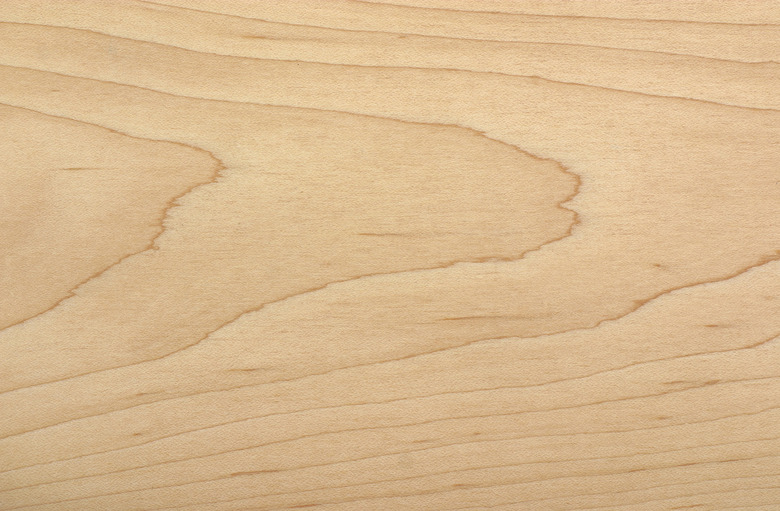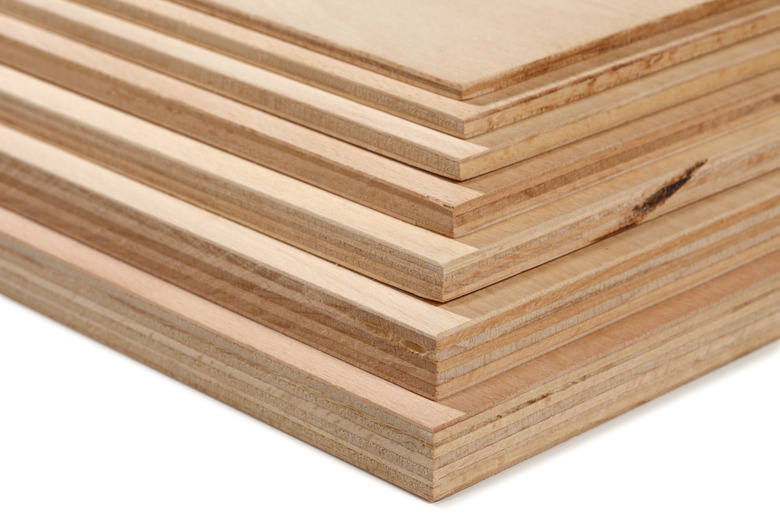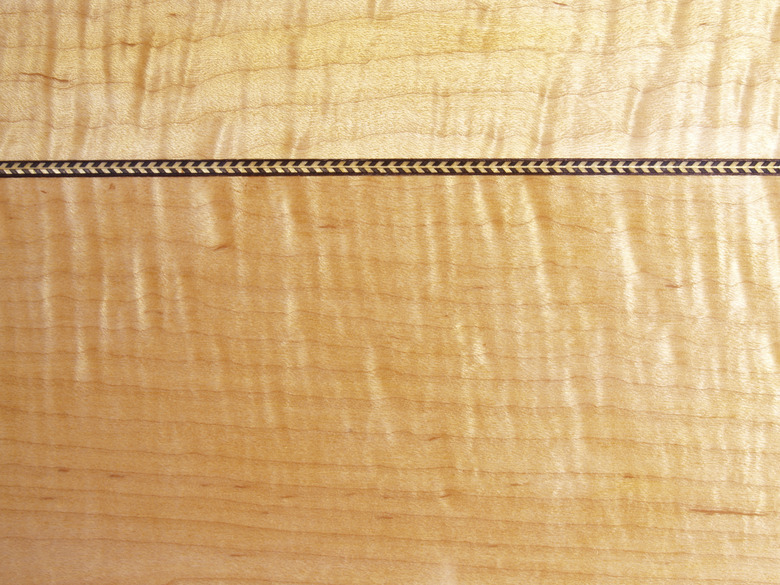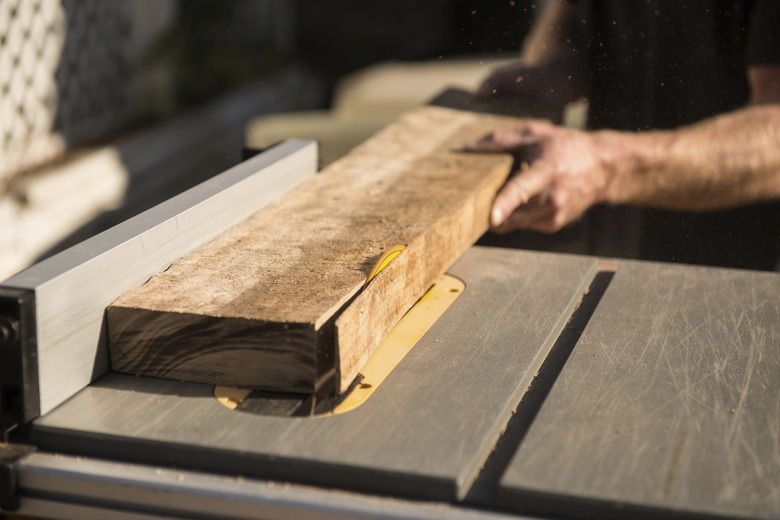Birch Vs. Maple Wood
Similar Yet Different
Similar Yet Different
Birch and maple are domestic hardwoods with similar characteristics and appearances, but they do have variations. For the average homeowner, the differences may not be significant, but when you consider cost, the variance may add up. Maple typically demands higher prices, and is considered more exclusive than birch.
General Characteristics
General Characteristics
Maple has two varieties, hard and soft. The soft category is separated into seven more irrelevant sub-categories. Birch has five varieties with no significant differences between them. However one variety, yellow birch, is more widespread than others. The majority of dealers, builders and woodworkers refer to maple and birch generically. However, if you're purchasing maple for a specific project, requiring strength over beauty, it's best to specify hard or soft.
Hardness and Density
Hardness and Density
Hard maple is harder and has more density than birch. On the Janka hardness scale, which ranks wood density, hard maple ranks 1,450. Yellow birch ranks 1,260. All the soft maple varieties rank lower than birch.
Scratches and Dents
Scratches and Dents
Thanks to the wood's hardness, maple cabinets and furniture resist scratching better than birch. However, because of its tight grain pattern and glossy surface, even small dents or scratches on maple are visible. Birch, with its more complicated grain patterns, hides scratches better than maple.
Color and Complexity
Color and Complexity
Maple consistently comes in shades of white, cream or off-white. Birch, with similar light colors, may contain streaks, swirls of brown or a reddish brown tint. Some people think birch is too wild, and prefer the subtle, consistent tone of maple. Others prefer the complex, complicated swirls that birch offers.
Plywood Properties
Plywood Properties
Plywood is often overlooked when comparing hardwoods. If you're not dealing with high-end, raised panel doors, average cabinet sets are mainly made with plywood. Differences in plywood weight, density and durability are minimal, no matter the species. When you compare birch and maple plywood, the only significant difference is aesthetics and cost. The cost of an average set of kitchen cabinets made with birch plywood is considerably less than that of maple cabinets with a comparable amount of maple plywood.
Applications and Bugs
Applications and Bugs
Hard maple is used in high-end homes, bowling alleys and dance halls; it's the queen of hardwood flooring. It's also prized for fine furniture, clocks and specialty woodworking items. Birch is not used for flooring as much as maple. Because it's more affordable, birch is used more often as a structural or building material for crates, concealed furniture parts, knobs, handles, kitchen items, chests, veneer and plywood. Birch and maple are both considered equally perishable, and susceptible to attack by bugs.
Hard or Soft Substitutions
Hard or Soft Substitutions
Soft maple varieties are more comparable to birch in hardness and application than hard maple. Soft maple can be used as a substitute for hard maple to save money in situations where low to moderate density is called for, such as profiled moldings, trim, plaques and carved items. Hard maple is roughly twice as hard as soft maple, and is often reserved for structural items like workbenches, and objects subject to high impact such as butcher blocks.
The Beauty of Soft Maple
The Beauty of Soft Maple
Exclusively from the point of aesthetics, most hand-selected soft maple varieties are considered more beautiful than birch or hard maple. Soft maple encompasses quilted, burled, tiger and curvy maple varieties prized for solid-guitar bodies, musical instruments of all types and specialty items.
Tools and Workability
Tools and Workability
Hard maple and birch will blunt woodworking tools. Carbide-tipped blades and knives are recommended. Burns and sometimes binding can occur when you're sawing or planing the woods, due to tension released when the boards are cut. Hard maple and birch are not recommended for hand carving because of their hardness. Soft maple is easier to carve and shape by hand. Birch and maple plywood cuts, machines and assembles just like any other plywood product.




